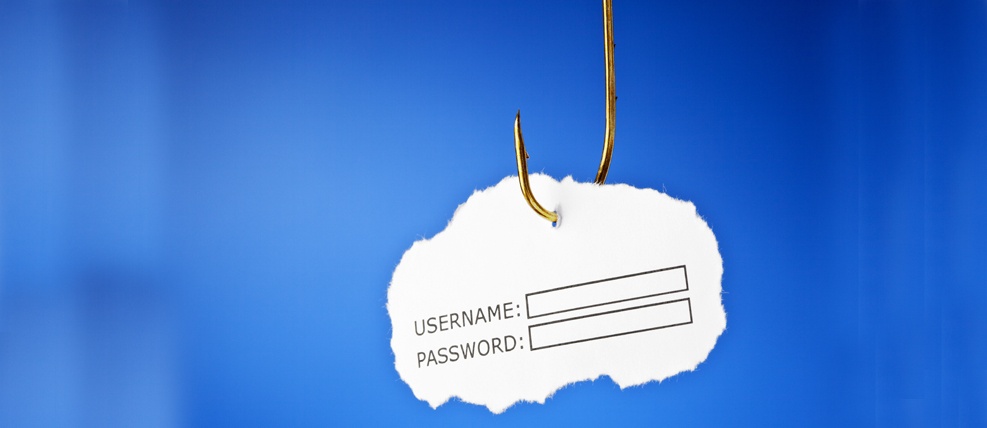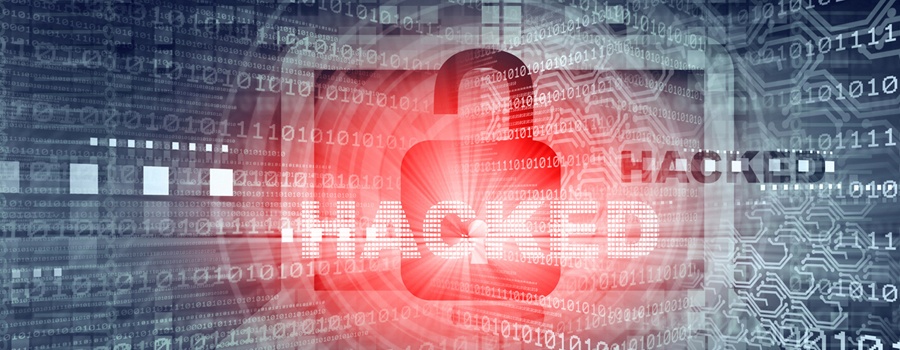Tag: email
-

Phishing Emails: One Click and That’s It!
Many health care entities recognize that cybersecurity threats present a substantial risk to their organization. Moreover, the HIPAA Security Rule requires health care providers to develop and implement policies and procedures to ensure the confidentiality, integrity and availability of protected health information. However, while entities aim to secure health data, a recent study of health…
-

How Can You Ensure Your Email is Safe and HIPAA Compliant?
Using free email providers like Gmail, Yahoo, and MSN are expedient and easy to set up. It’s the reason why some healthcare providers rely on them. While you could stretch to make the argument that these email services can be configured to be “HIPAA capable,” none in the eyes of security experts are HIPAA compliant.…
-

Cyber Security: Five Common Phish Attack Schemes
Hackers only need you, that’s right just you. They are sneaky and know the general population is busy and doesn’t pay close attention to the emails they receive. Hackers know people are comfortable in their daily habits. They exploit this behavior by creating email scenarios designed to encourage a click. They need just one person…